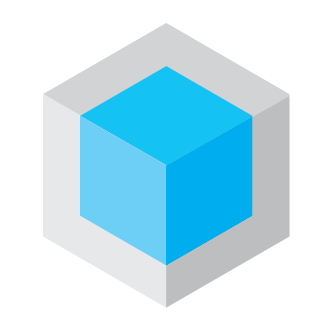Sure! Here's an overview of some key Java technologies and terminology that are commonly used in the Java ecosystem:
Core Java Concepts and Terminology
-
Java SE (Standard Edition): The core platform for Java programming, providing essential libraries and APIs for building desktop applications, server applications, and small-to-medium-sized applications.
-
JDK (Java Development Kit): A software development kit required to develop Java applications. It includes the JRE, an interpreter/loader (Java), a compiler (javac), an archiver (jar), and other tools needed for Java development.
-
JRE (Java Runtime Environment): Provides the libraries, Java Virtual Machine (JVM), and other components to run applications written in Java.
-
JVM (Java Virtual Machine): An abstract computing machine that enables a computer to run a Java program by interpreting Java bytecode.
-
Bytecode: The intermediate representation of Java code, which is executed by the JVM. It is platform-independent and allows Java to be a "write once, run anywhere" language.
-
Garbage Collection: The process by which the JVM automatically removes unused objects from memory, helping to manage memory and avoid leaks.
Java Syntax and Language Features
-
Class: A blueprint from which individual objects are created. A class can contain fields (variables) and methods (functions).
-
Object: An instance of a class. It has state (attributes) and behavior (methods).
-
Inheritance: A mechanism where one class inherits the fields and methods of another class, promoting code reuse.
-
Polymorphism: The ability of different classes to be treated as instances of the same class through a common interface. It supports method overriding and method overloading.
-
Encapsulation: The concept of wrapping data (variables) and code (methods) together as a single unit, typically a class, and restricting access to some of the object's components.
-
Abstraction: The concept of hiding the complex implementation details and showing only the essential features of an object or a system.
Java Libraries and Frameworks
-
JavaFX: A platform for creating rich internet applications with a lightweight, hardware-accelerated UI toolkit.
-
Spring Framework: A comprehensive framework for enterprise applications. It provides support for dependency injection, transaction management, web applications, and more.
-
Hibernate: An object-relational mapping (ORM) framework that simplifies database interactions by mapping Java classes to database tables.
-
Apache Maven: A build automation tool used primarily for Java projects. It describes how software is built and its dependencies.
-
JUnit: A testing framework used to write and run repeatable automated tests to ensure that code behaves as expected.
-
Visit For More Info - Java Classes in Pune -
Visit For More Info - Java Course in Pune

